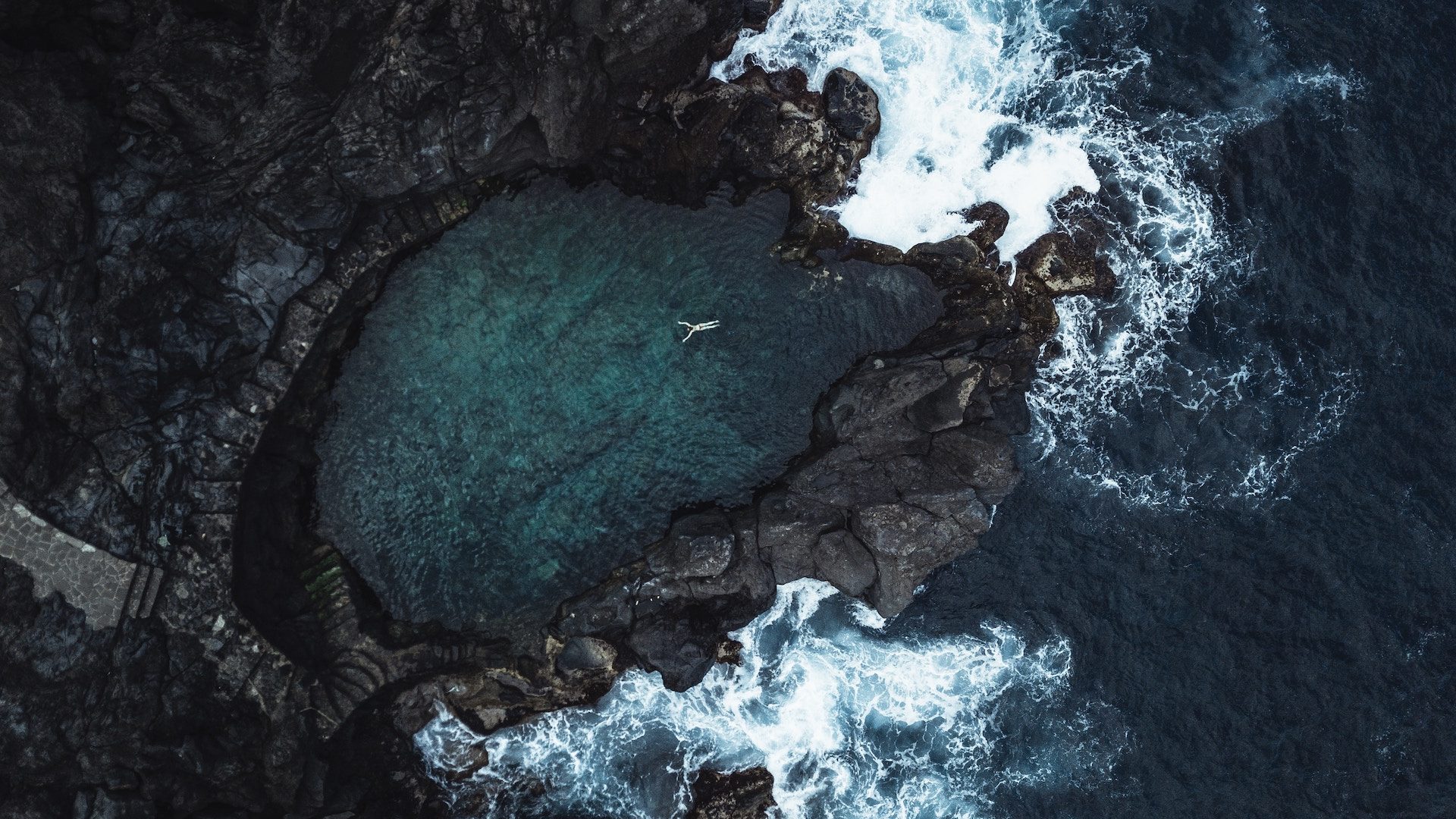Below are answers to some questions we receive concerning the data available for download on this website.
1. How do you decide where to map?
A variety of sources are used to decide where to map but because the focus of this project is to find ‘essential habitat’ for reef fishes and sea turtles, we have mostly relied on coarsely gridded Vessel Monitoring System (VMS) data. These data are essentially GPS pings from fishing vessels that are uploaded every hour to a database managed by the National Marine Fisheries Service. By filtering the data and matching the timestamps with logbook data (i.e. what was caught and approximately how much) for each vessel, we can get an idea of where we may find habitat that supports species such as groupers, snappers, and amberjacks.
2. How do you collect the data?
We use a multibeam echosounder (MBES) system from RESON called the Seabat 7125. During surveys, the sonar head is mounted to either the hull of a research vessel or on a pole that is then attached to the side of the ship. Once the system is all set up, which takes 1-2 days of mobilization (wiring up the boat, mounting the sonar head, loading computers, etc.), we set out for the area of interest. After completing some necessary calibration exercises, we then “mow the lawn” for 6-8 days. During this time we intermittently stop data acquisition to collect sound velocity profiles, or SVP’s, of the water column which provides us with information about how the pulses from the sonar are moving through the water.
3. What do you do with the data once it’s been collected?
As we’re collecting data from the MBES, it’s considered ‘raw’ and there is a considerable amount of processing that must be completed to produce the bathymetric surfaces you see available on our site. Once a survey has been completed, the raw files are loaded into processing software where we check for data gaps (called ‘holidays’), data quality (i.e. ping editing which looks for instances where the beam may have reflected off of a large fish or dolphin), and apply corrections for tide and the movement of survey vessel.
4. Why are some of the maps at different grid sizes? How accurate are the maps?
No map is perfect and there is always some degree of interpolation required to create the bathymetric map surfaces that you see available for download on our site. However, we follow NOAA’s Integrated Ocean and Coastal Mapping (IOCM) standards which can be found here. The grid size is chosen based on how large we want the file size to be, how many data gaps were present in the raw data, as well as how tightly our survey lines were spaced during the time of raw data acquisition.
5. Am I allowed to use the data I download from C-SCAMP for presentations, other products, research projects, etc.?
Of course! However, even though we’re offering these data for open download on our website, they are copyrighted and as such need to be cited. Each data download page has the proper citation that should be used in any product, presentation, research, etc. derived from that dataset. If there are any questions on the citations, please contact us at cscampdata@usf.edu. Depending on what you’re trying to do with the data, we may have other surfaces and/or file types that would better suit your needs so we encourage you to send us an inquiry. Due to their size, none of the backscatter surfaces have been posted for download but they are available.

